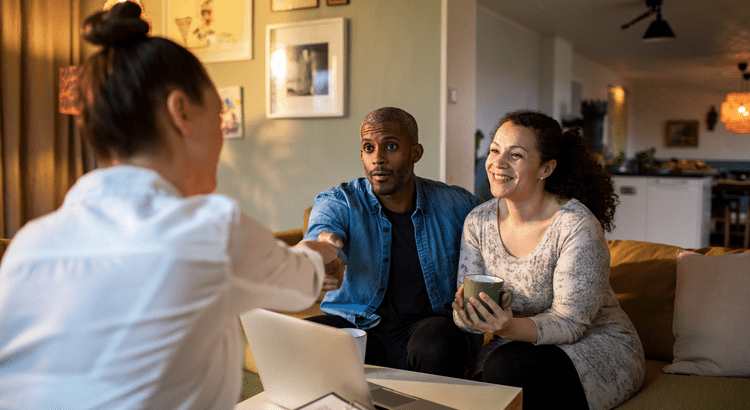No Need to Wait On Election Promises—2,444 Down Payment Assistance Programs Already Exist!

Coming up with a down payment is difficult and can take years, and is often one of the biggest hurdles for first-time home buyers.
So if you’ve been struggling to save up enough money to buy a home, the proposed plan for a $25,000 down payment grant making the news in the run-up to the U.S. presidential election probably sounds like music to your ears.
Unfortunately that proposal is difficult to bank on, since it relies on the candidate making the promise winning the election, and then successfully putting the plan in motion. And even if it is successfully rolled out, you’ll still need to qualify, apply, and go through the process of obtaining approval to receive the funds. The bottom line is, it could take many months, or even years before it would do you any good.
The good news is, you don’t have to hope or wait—there are already down payment assistance (DPA) programs you can explore!
In fact, according to this Housing Wire article, there are 2,444 of them already in existence, with 29 new DPA programs created in just the last four months, which is an 8% increase since the end of last year.
First of All… What Is Down Payment Assistance?
Down payment assistance (DPA) programs are financial tools that help homebuyers cover the cost of a down payment. These programs come in various forms, including grants, loans, or forgivable loans, and are designed to make homeownership more accessible, especially for first-time buyers or those purchasing in specific areas.
Many DPAs are offered through state and local government agencies, nonprofits, and other housing organizations. The eligibility requirements vary, but they generally consider factors like income, home price, and location. These programs can be a game-changer for buyers who are struggling to save enough for a down payment, but they’re often underutilized because of a lack of awareness.
If you want to dive a little deeper into the ins and outs of these types of programs, this CNBC article provides a solid introduction.
A Lot of the Money Available Often Goes Unused
Despite the numerous DPA programs available across the U.S., a large chunk of the funds set aside for down payment assistance goes unused every year. This underutilization could be due to misconceptions or a general lack of awareness among prospective buyers.
For example, according to this article from The Federal Savings Bank, many people assume that DPA programs are only for first-time homebuyers or that they require a complicated application process.
In reality, these programs can be more flexible and accessible than most people think. Programs exist to help a wide range of buyers, and the opportunities are vast, but misconceptions—like believing the qualifications are too stringent or that the funds will run out before you apply—prevent many buyers from taking advantage of them.
Finding a List of All 2,444 of Them Is Difficult, But…
One of the biggest obstacles in accessing down payment assistance is simply finding the information you need. Simply trying to find a list of all the available DPAs online is difficult. Many of these programs are managed by local housing agencies or nonprofits that don’t always have the marketing power to reach a wide audience.
And even if you can find an all-inclusive list, or at least information on a few specific programs, figuring out the best option for your needs and qualifications can be tricky.
However, this article from The Mortgage Reports has a fairly decent list of programs available in each state, and is a good place to start searching on your own. But they also suggest that one of the most effective ways to find the right DPA program is to speak with a lender or mortgage advisor—especially one who specializes in first-time buyers or, even better, in down payment assistance programs.
While you can always just search online, a great way to find a lender who specializes in helping buyers find down payment assistance is to reach out to a local real estate agent. Agents usually have a list of lenders they trust, and know which ones are better for certain types of buyers, so there’s a good chance your agent will know just the right mortgage professional to recommend to you.
Working with professionals who understand the local market and DPA landscape will save you time and effort—and increase your chances of securing some of the down payment money that’s up for grabs.
The Takeaway:
Don’t wait around for a political proposal that may or may not materialize—there are thousands of down payment assistance programs available right now. Whether through grants, forgivable loans, or other forms of financial aid, these programs can help you get closer to your homeownership dreams.
Reach out to your local real estate agent and ask them to refer you to a lender who is familiar with down payment assistance programs, and can help you find a good fit and navigate the process of obtaining available funds.
Share this post




